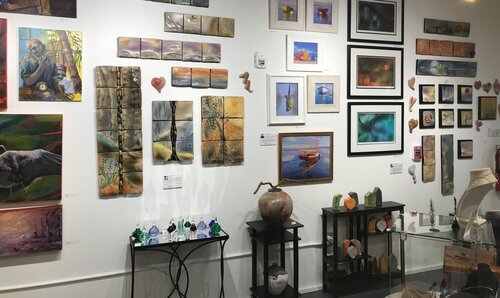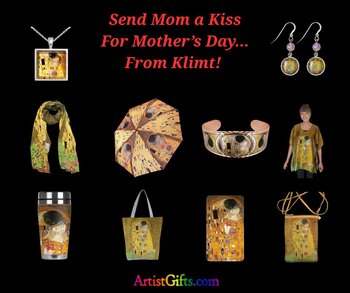by Carolyn Edlund
Dramatic market changes have empowered artists, including the ability to make direct sales to collectors.

Technology is the great disruptor of our time, placing businesses in the midst of an enormous sea change. COVID hastened that change, with lockdowns and event cancellations affecting the way art is bought and sold. It forced buyers to seek art online, but also enabled them to connect with artists personally.
There is a great advantage in being able to build relationships with collectors rather than depending on galleries, retailers or agents for representation. Once that connection has been made, artists can interact with potential buyers through social media, their own websites, and even live video to communicate about their work, inspiration and available inventory.
Middlemen have been taken out of the equation in many industries. We have witnessed the closing of brick and mortar galleries as well as a decline in the number of art consultants and other reps. Gatekeepers who once controlled market access are no longer in charge. Instead, the gates have been thrown wide open.
The opportunity for making direct sales holds great promise. The internet is becoming a dominant source of commerce, and gives entrepreneurs a global reach. Online galleries abound. New formats such as NFTs offer more market options than ever.
This situation empowers artists, but also demands responsibility. Self-directed entrepreneurs must act as the CEOs of their own small businesses. Although it is possible to outsource and delegate to assistants, major decisions require the artist to act as a director and visionary. They must set the tone of messaging, select sales channels and be the face of their brand.
Stepping into this role can be a challenge to anyone uncomfortable with marketing or unsure of their place in the art market. But artists can overcome these problems and become more effective. Professional development, mentoring and engagement with an active art community can help.
Sales Happen Through Building Relationships
Time getting to know customers is well spent. When artists have the names and contact information for their collectors, doors are opened. In the past, galleries often did not share the identity of buyers with their artists. Instead, they held this information closely and for their own use. Not only were artists unable to thank collectors, they could not track their work, which broke the chain of provenance.
Today, more artists feel they have outgrown relationships with galleries and other middlemen. They have moved on to other projects, including collaborations with big brands, or pursuing direct-to-consumer channels. This “self-help” solution works to drive sales and income in a world where it’s easy to make connections and online commerce is at one’s fingertips.
A clear benefit of selling directly to collectors is the ability to keep them in a database for further contact and follow up. A email subscriber list, voluntarily opted into, cannot be taken away and outreach can happen at will. This enables the artist to grow direct relationships with their audience over time. As fans and potential collectors learn more and become familiar with the artist’s creative work, trust is built and sales are made. The artist receives feedback and benefits from that knowledge. They are also free to encourage repeat sales (which are easier to make than initial sales) and acquire referrals. Direct commissions may be solicited if that is part of their studio practice.
Benefits to the Collector
Customers and collectors love getting to know artists. Buying art is an emotionally driven experience that is not often forgotten. The story and inspiration behind a piece of work often closes the sale. Images or videos of work in progress, and direct communication enhances the purchase. Meeting the artist creates excitement and anticipation.
Artists who pursue direct sales should take advantage of every resource at their disposal to honor their collectors. Social media often earns an audience eager to learn more about the artist’s concept and see the latest art that is released. Add a personal touch with direct contact to close more sales and earn more new collectors.


Thanks for that Carolyn. I have definitely seen a sea change in direct to customer sales with only 7% of my sales being through galleries over the last year. I felt that all the effort of building my email list over the years paid off during our 3 Lockdowns in the UK. I was able to communicate with customers and sell through my computer! I hired an assistant to help me with marketing and sales. Things are changing again now with customers keen to visit me in my studio.
You are a smart lady Rebecca to build that list and stay in touch with your customers and fans. A database of customers and prospects is one of the greatest assets your small business has, and those fans will love it when they hear directly from the artist. I have no doubt they are proud to say they know you!
You are absolutely right that sales happen by building relationships. But it can be challenging to find your customers, in the first place, to be able to build that relationship. I prefer direct communication with customers. Thank you for sharing the article.